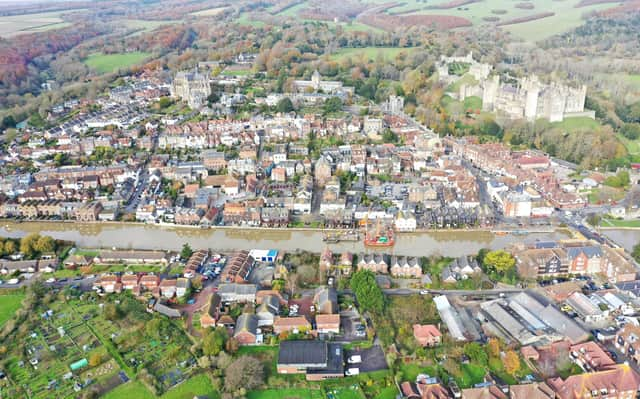With the help of local historian Mark Phillips, we are looking back at what has stayed the same and how Arundel has changed, especially since the 1920s, when the film was set.
This two-part series started with a look at pictures of some of the areas used in the film. The Sussex Film Office worked with producers Blueprint Pictures to identify suitable locations, such as Arundel High Street, Bond Street and Tarrant Street.
Now, in this second part, we are going to look at how Arundel has changed, including lots of house building.
Mark said: "Traffic has had a huge impact in the town, even though a Temporary Relief Road was opened in 1973. This is not a bypass, it is a slow, single lane route that takes the traffic around the town, although it still splits Arundel Parish in two.
"I’m not sure if the town will ever have the promised offline bypass that takes all the A27 traffic around the edge of the arish. How long is a Relief Road temporary before it becomes permanent, I wonder? It was Duke Bernard who insisted it was formally called this. He warned the town that if they accepted this temporary ‘fix’, it would be many years, if ever, before we had the promised offline bypass.
"There used to be a huge dump off Canada Road. This was filled in and in the 1950s, a huge grass playing field was built there - a very popular location for children, school sports, fairs, Scout fêtes, stoolball, cricket, etc., and a general meeting place for all the 1950s and ’60s children from the area. This was sadly built over by Ellis Close, in the 1980s I believe. A sad loss of a popular amenity."
The early part of the 1900s saw large individual properties built in Torton Hill. Nearby in the early 1950s, Pearson Road and Canada Road were built, along with Jarvis Road. Surrey Wharf, Tarrant Wharf and Wheelwrights Close are areas of more recent house building, off Tarrant Street.
Arundel Church of England School was moved from School Lane to Jarvis Road around 1975. The old school became a youth club and library, although the youth club closed down a few years ago.
The surgery moved from the bottom of Torton Hill to Canada Road. The police station moved from Maltravers Street to Queen Street in the 1960s. The fire Station moved from River Road in the 1960s to its current location in Ford Road.
Mark pointed out: "The station in Queen Street ceased to be a police station a good few years back and is now used to house the police fast response units."
The West Sussex Gazette print works in Tarrant Street closed in the 1970s and the building was converted into an indoor centre for different shop units.
A bus station was built in the mid-1950s on the corner of River Road, on a 25-year lease. It was closed by 1979.
Mark said: "The area is now award-winning housing. The businesses, warehouses and wharfs along River Road are now all converted into housing or housing has been built on almost every open space."
A large number of pubs have closed down, leaving the town with about eight, around the older areas of the town. This includes one that opened just a couple of years ago, Fauna Brewery, in London Road.
Mark said: "I needed to note this one, as it has given the wonderful old Victorian electricity generating station a new purpose from its original role of generating electricity for the castle and cathedral."
Constable’s Swallow Brewery in Queen Street ceased brewing n the early 1900s, although it was still used for storage. In the 1930s, part of it was demolished and Arun Cinema was built.
Mark said: "I believe the remaining brewery buildings were used for a carpentry business. The cinema closed mid-1950, when part of it was demolished and the remaining half used as an office and workshop for a petrol station that was built on the site.
"When this closed, the site was used for car sales for a short time before the Caen Stone Court complex of apartments was built on the site. The carpentry works next door had previously become a small supermarket and remains so to this day – currently the Co-op.
"The Bridge Hotel that was in Queen Street collapsed into the river in 1934 when the new town bridge was being built. This resulted in a new Bridge Hotel being built on the same site, which finally closed its doors for good in the late 1980s and Martlets Court, a sheltered housing complex, was built on the site."
Arundel Museum started life in the old holding cells in the basement of Arundel Town Hall, then later moved to 61 High Street, where the Arundel Borough Council offices were located until the council was abolished and control was taken over by Arun District Council in 1974.
Mark said: "Many of the longer-term residents still mourn its loss. The museum was then homeless for a while until 2013, after they managed to raise funds for a brand new museum on the location of the old St Nicholas Hall. The hall was wooden and had fallen into a pretty bad state of repair."
The two old swimming pools by the river in Ford Road were closed down and a new Fitzalan Pool opened in Queen Street around 1960. This is now known as Arundel Lido and is a very popular location.
The hospital used to be a building in King Street before it moved into a brand new cottage hospital building in Chichester Road, on the western outskirts of the town.
The Castle Stables closed a few short years ago. Many people were employed there over the years and remember the place with fondness.
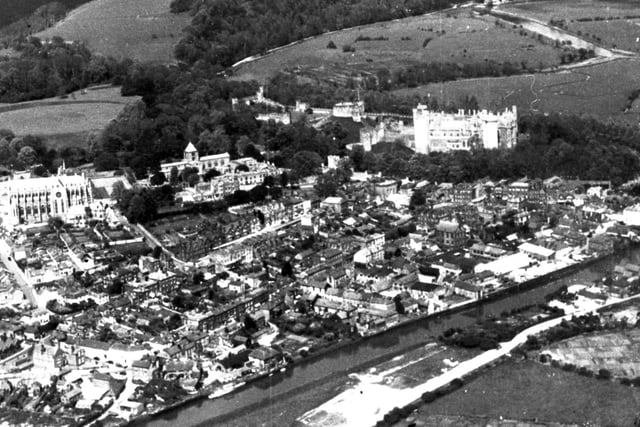
1. Historic Arundel
Arundel in the 1920s from the air Photo: Mark Phillips
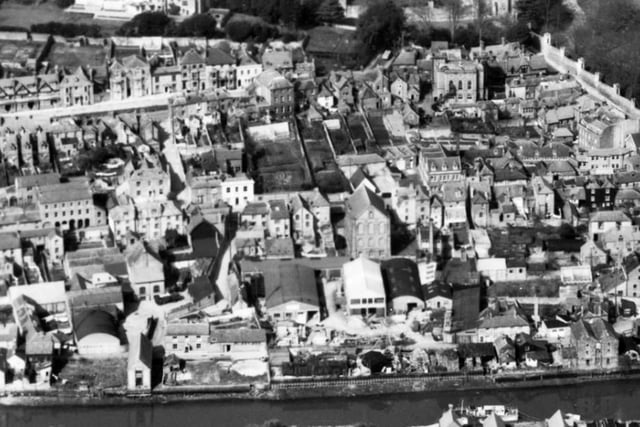
2. Historic Arundel
Arundel from the air in 1949 Photo: Mark Phillips
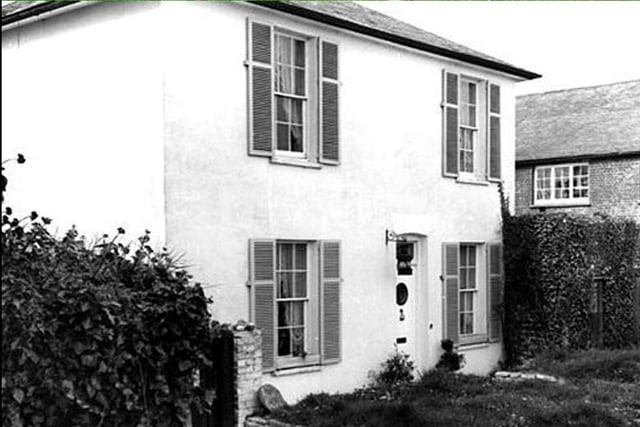
3. Historic Arundel
Before the Temporary Relief Road was opened in 1973 Photo: Mark Phillips
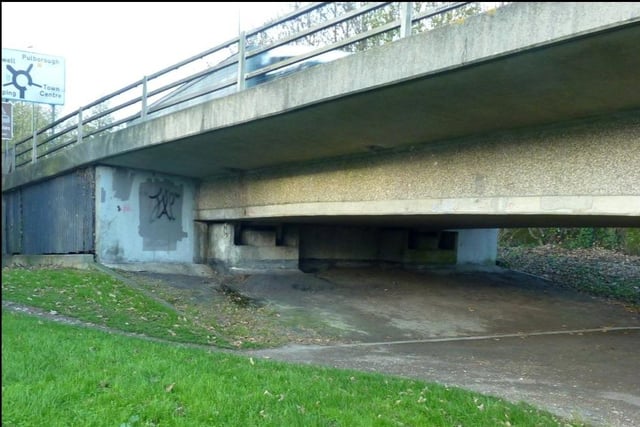
4. Historic Arundel
The site of the old cottage, now the Temporary Relief Road, which opened in 1973 Photo: Mark Phillips
